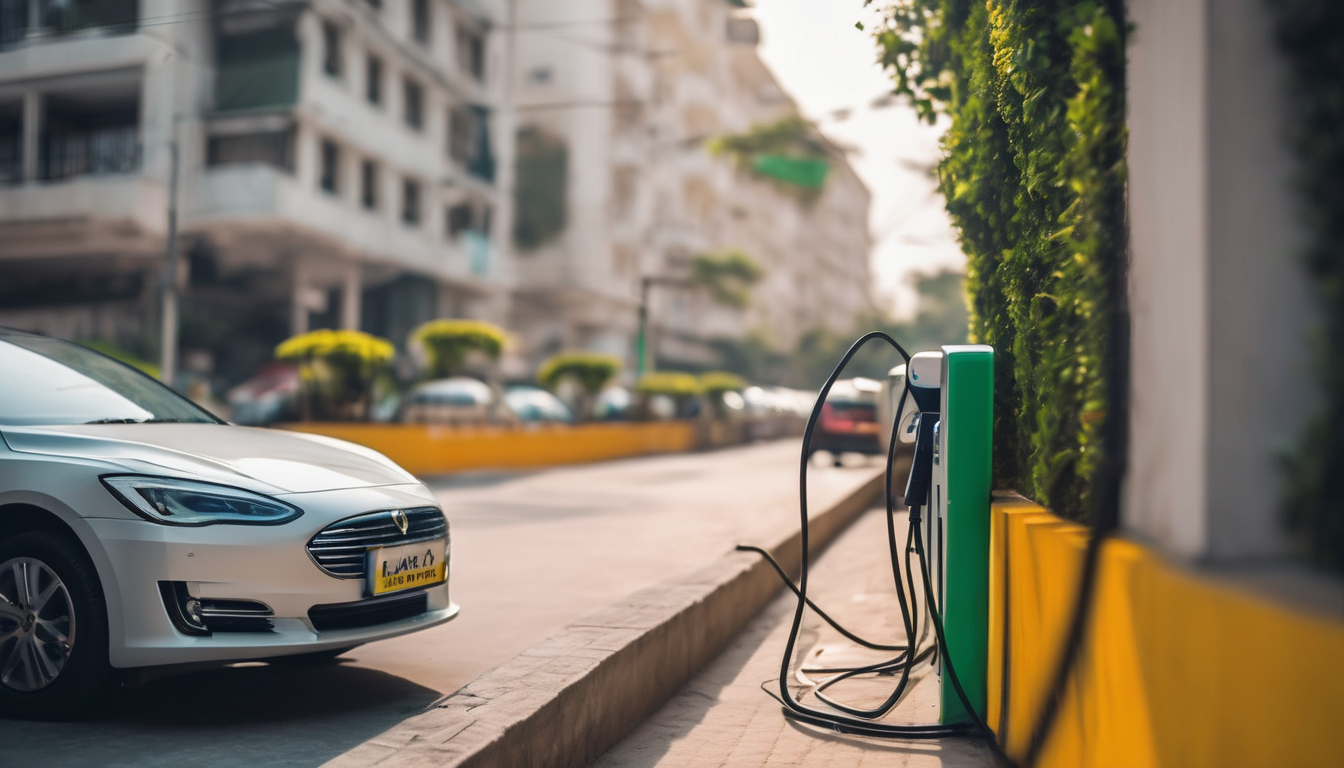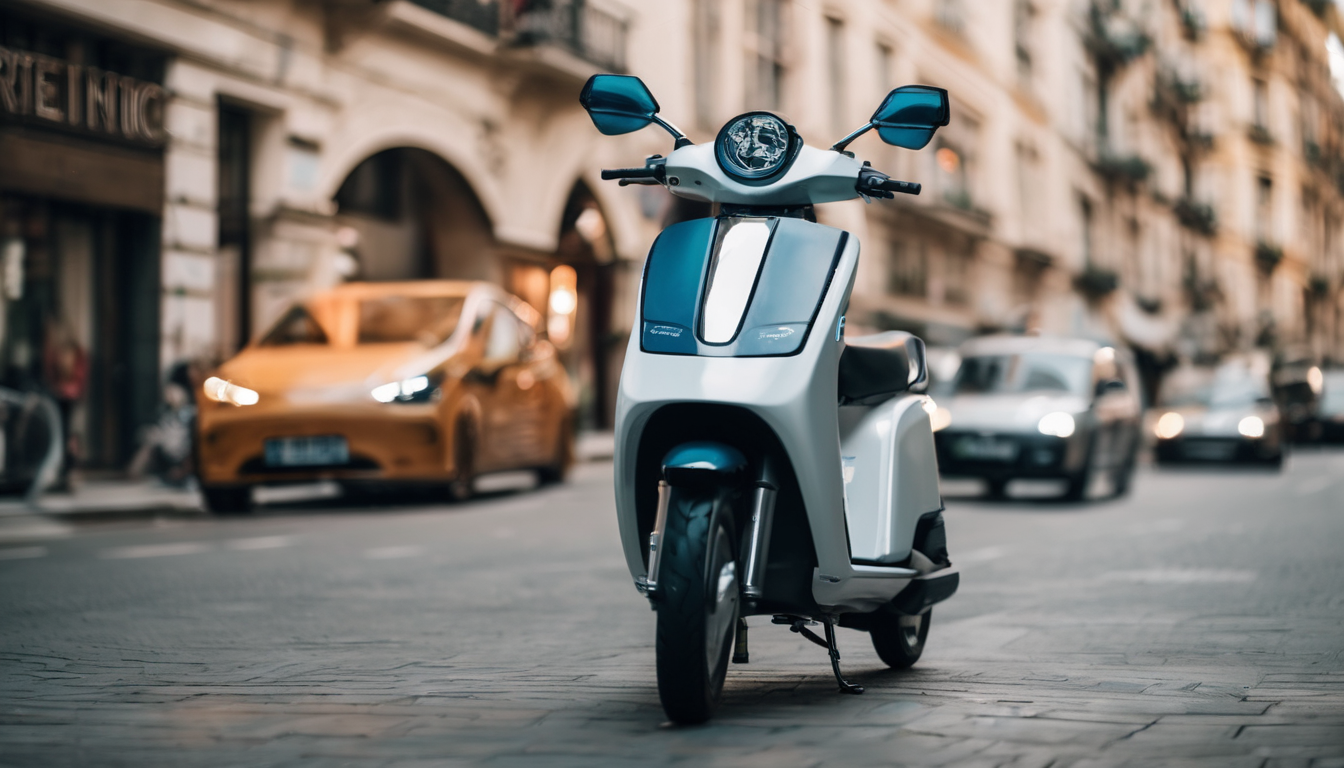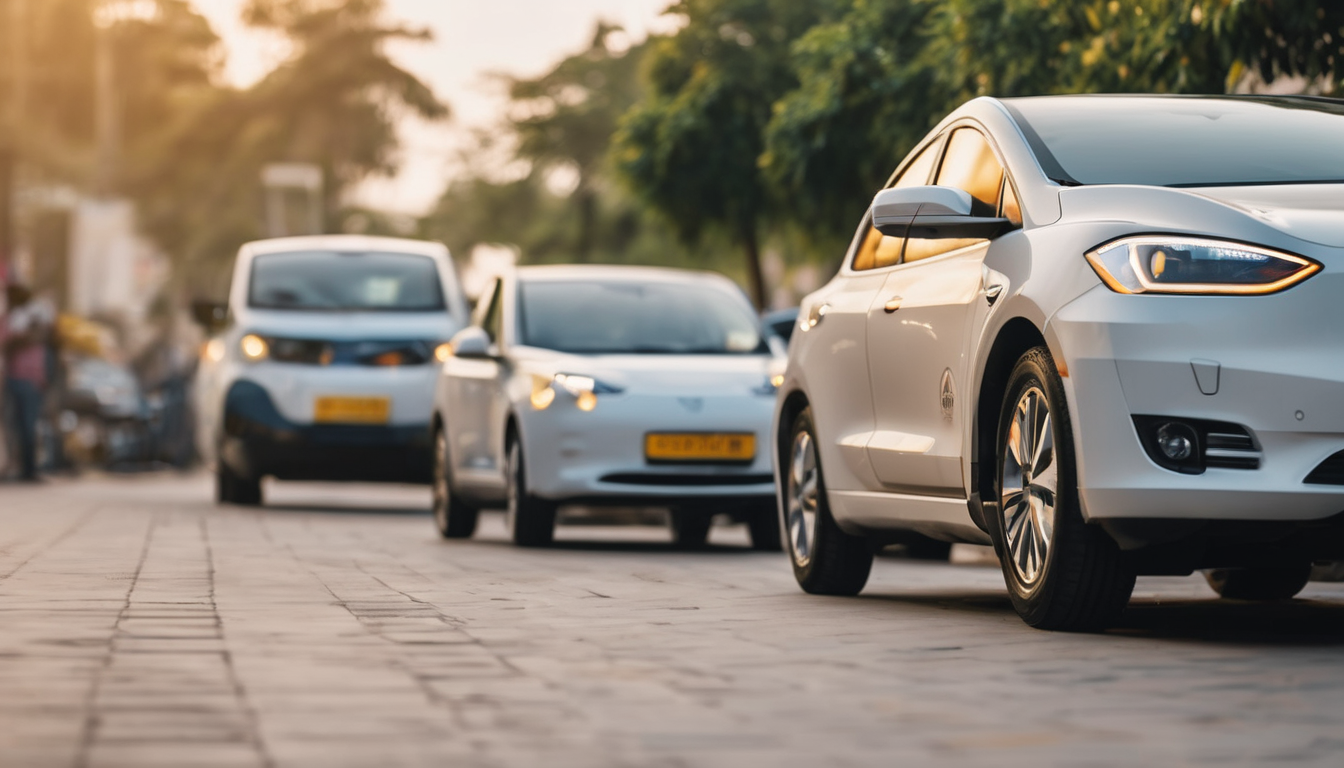Introduction
The transition to electric vehicles (EVs) is not just a trend; it’s a crucial step towards a more sustainable future. As India aims to reduce its carbon footprint and combat pollution, expanding public charging networks for electric vehicles has become a priority. The government is actively investing in initiatives that enhance accessibility and convenience for EV users across the nation. This article delves into the various government initiatives aimed at bolstering public charging infrastructure in India and their implications for the automotive landscape.
Government Initiatives for Expanding Charging Infrastructure
The Indian government has implemented several policies and programs aimed at establishing a robust public charging network. Here are some of the key initiatives:
1. Faster Adoption and Manufacturing of (Hybrid &) Electric Vehicles (FAME) Scheme
The FAME scheme, initiated under the National Electric Mobility Mission Plan, aims to promote electric and hybrid vehicles. The second phase of this initiative, FAME II, emphasizes the installation of public charging stations.
– **Key Features:**
– Subsidies for electric vehicle manufacturers.
– Financial assistance for the establishment of charging infrastructure.
– Targets for expanding the number of charging stations across urban and rural areas.
For more details, visit the [FAME II policy document](https://pmedrive.heavyindustries.gov.in/docs/policy_document/EVPCSoperationalguidelines_F.pdf).
2. State-Level Initiatives
Various Indian states have developed their own policies to support the deployment of EV charging stations:
– **Delhi:** The Delhi EV Policy focuses on enhancing charging infrastructure with the goal of establishing one charging station for every 3 km.
– **Maharashtra:** Offers incentives for setting up private charging stations and encourages the establishment of public charging points in residential complexes.
These state policies complement national efforts and cater to local needs.
3. Public-Private Partnerships (PPPs)
The government encourages collaborations between public and private sectors to expedite the development of EV charging networks. Companies like Tata Power and Adani Green Energy are actively involved in establishing charging stations across major cities.
– **Benefits of PPPs:**
– Faster deployment of infrastructure.
– Shared investment risks.
– Enhanced innovation through private sector expertise.
Technological Innovations in Charging Infrastructure
Technological advancements play a crucial role in the efficiency and accessibility of EV charging networks. The government is promoting innovative charging solutions, including:
1. Fast-Charging Stations
Fast chargers reduce the time required to charge EVs significantly, making them more convenient for users. The government aims to install a network of fast chargers in strategic locations, such as highways and urban centers.
2. Solar-Powered Charging Stations
To promote renewable energy, solar-powered charging stations are being encouraged. These stations not only provide EV charging but also contribute to India’s clean energy goals.
3. Mobile Charging Vans
In areas where fixed charging stations are not feasible, mobile charging vans can provide on-demand charging services, thus enhancing accessibility for EV users.


Challenges in Expanding Charging Networks
Despite the significant progress, several challenges remain in building a comprehensive charging infrastructure:
– **High Initial Costs:** The installation of charging stations requires substantial investment, which can deter private players.
– **Land Acquisition Issues:** Securing land for charging stations can be a cumbersome process due to regulatory hurdles.
– **Public Awareness:** Many potential EV users are still unaware of the available charging infrastructure and its benefits.
Addressing these challenges is essential for the successful expansion of EV charging networks in India.
Future Outlook
With the Indian government aiming for 30% electric vehicle penetration by 2030, the future of EV charging infrastructure looks promising. Ongoing initiatives are expected to create a comprehensive network that not only supports urban areas but also extends to rural regions.
– **Investment in Infrastructure:** The government’s focus on increasing investment in charging infrastructure will likely attract more private players.
– **International Collaborations:** Partnerships with global EV manufacturers can bring in technology and expertise to enhance local capabilities.
As electric vehicles gain traction, the need for a substantial and efficient charging network will become increasingly critical.
Frequently Asked Questions (FAQs)
1. What is the FAME scheme?
The FAME scheme is a government initiative aimed at promoting electric and hybrid vehicles in India by providing financial incentives and establishing charging infrastructure.
2. How many charging stations are planned in India?
The government plans to establish thousands of charging stations across urban and rural areas, with specific targets varying by state.
3. Are there incentives for setting up private charging stations?
Yes, various state governments offer incentives for individuals and businesses to set up private charging stations.
4. What role do public-private partnerships play in this initiative?
PPPs are encouraged to expedite the establishment of charging infrastructure, sharing investment risks and bringing in private sector expertise.
5. How can I find a charging station near me?
Mobile apps and online platforms are available that can help locate nearby charging stations, providing real-time availability updates.
Conclusion
The expansion of public charging networks is a vital step toward a sustainable future in India. With ongoing government initiatives and advancements in technology, the country is on the path to creating a comprehensive charging infrastructure that will support the growing number of electric vehicles. As consumers, it’s essential to stay informed and embrace the shift toward electric mobility.
Stay updated on the latest in electric vehicle technology and government initiatives by visiting relevant resources and engaging with the EV community. Together, let’s drive towards a greener future!






